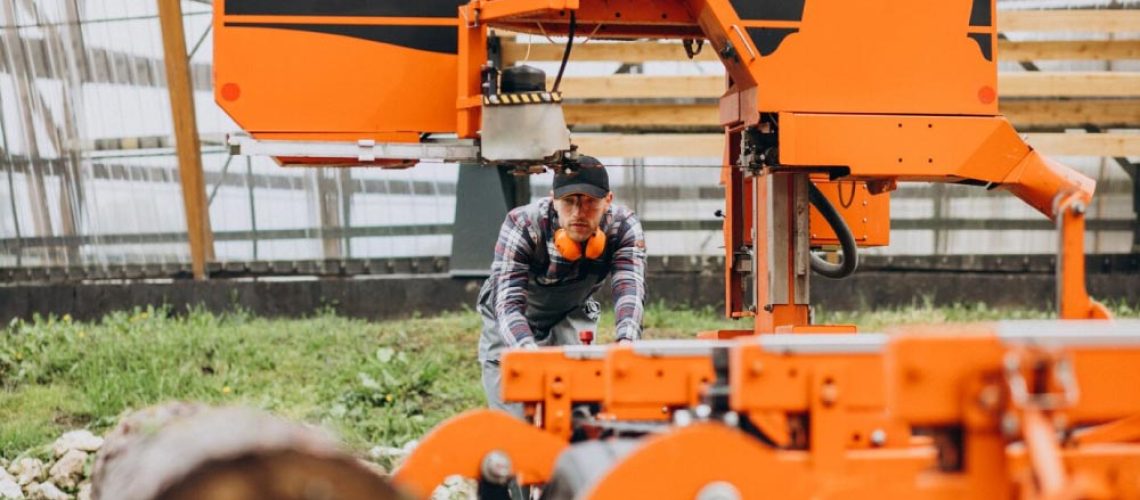Choosing used drilling equipment might sound challenging, especially given the many options available in the market. However, with the right understanding, you can obtain quality equipment at an affordable price while also supporting an environmentally friendly lifestyle.
Used drilling equipment refers to tools that have been previously utilized in drilling processes, whether for industrial, construction, or mining projects. Although they have been used before, these tools can still be in excellent condition if properly maintained.
Many people ask, “Why not just buy new ones?” The answer is simple: economic value and environmental contribution. By choosing quality used equipment, you not only save money but also reduce industrial waste.
The Importance of Choosing Quality Used Drilling Equipment
Economic Benefits
Investing in quality used equipment can provide significant economic benefits. More affordable prices allow companies or individuals to allocate funds to other aspects that support the business. In addition, using used equipment also helps reduce electronic waste and the negative impact on the environment.
Risks of Using Low-Quality Equipment
However, if you are not meticulous, the risk of using inadequate equipment can be very detrimental. Sudden breakdowns, workplace accidents, or suboptimal performance are some potential risks. Therefore, it is important to know how to check the condition and usage history of the tools.
Types of Used Drilling Equipment
Manual vs. Automatic Drilling
Essentially, drilling equipment is divided into two main categories: manual and automatic. Manual drilling is usually used for small-scale work or in areas that are difficult for heavy machinery to access. Meanwhile, automatic equipment offers greater speed and efficiency, although they tend to be more expensive.
Additional Equipment and Supporting Accessories
In addition to the main machine, drilling equipment is often equipped with various accessories such as extra drills, special drill bits, and cooling systems. Ensure that all these components are also in good condition because they greatly determine the overall performance of the equipment.
Factors to Consider When Choosing Used Equipment
Physical Condition and Construction
The first thing to pay attention to is the physical condition of the equipment. Check for any damage to the structure, scratches, or signs of excessive wear. A well-maintained physical condition indicates that the equipment has been properly cared for during its previous use.
Usage History and Age of the Equipment
Knowing the usage history of the equipment is very important. Ask the seller about the history of its use, whether the equipment was used intensively or only for small projects. The lower the intensity of usage, the higher the likelihood that the equipment is still in excellent condition.
Seller Reputation and Customer Reviews
Before purchasing, make sure to check the seller’s reputation. Read reviews and testimonials from previous buyers. A good reputation usually reflects honesty and the quality of the products offered.
Warranty and After-Sales Service
Warranty is one indicator of the seller’s confidence in the product they are selling. Choose equipment that still has a warranty or sufficient after-sales service offers to anticipate technical issues in the future.
Step-by-Step Guide to Choosing Quality Equipment
Market Research and Price Analysis
Before deciding to purchase, conduct thorough market research. Compare the prices and condition of the equipment from various sellers. Do not be tempted by unusually low prices, as there is often a reason behind them.
Visual Inspection and Technical Examination
Perform a comprehensive inspection of the physical condition and mechanical components of the equipment. Use a checklist to ensure that all technical aspects have been examined, such as the condition of the motor, hydraulic system, and electrical components.
Trial Run and Performance Verification
If possible, request a direct trial run of the equipment. A trial run provides a realistic overview of the performance and efficiency of the equipment, allowing you to ensure that it meets your needs.
How to Maintain Used Drilling Equipment
Routine Maintenance Tips
Maintaining used equipment is just as important as the initial selection. Perform routine maintenance such as cleaning, lubrication, and periodic inspections. Consistent maintenance can extend the lifespan of the equipment and keep its performance optimal.
How to Store and Protect from Damage
Proper storage also plays an important role. Store the equipment in a dry, clean place, protected from dust and excessive moisture. Use cases or additional protection if necessary to maintain the condition of the equipment.
Conclusion
Choosing quality used drilling equipment indeed requires meticulousness and thorough research. From checking the physical condition, usage history, to the seller’s reputation, all aspects must be carefully considered. By implementing the steps discussed, you not only save money but also obtain reliable and long-lasting equipment. A wise investment in used equipment can open up opportunities for operational efficiency and long-term savings.



